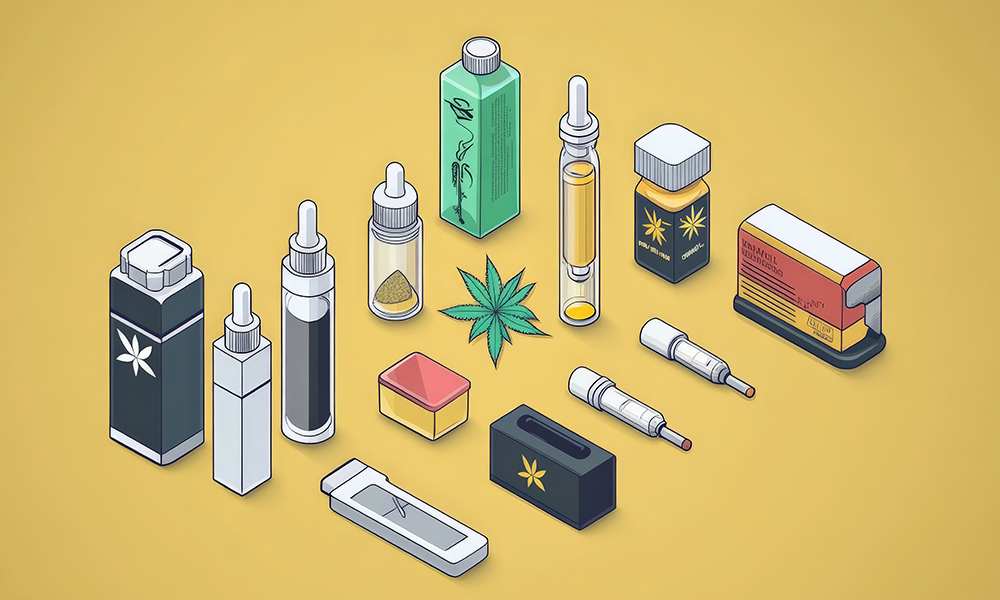
UBC Okanagan Drs. Michelle St. Pierre and Zach Walsh have created an index of cannabis equivalency to standardize dosing.
UBC Okanagan researchers Drs. Zach Walsh and Michelle St. Pierre have created an Index of Cannabis Equivalence (ICE), a unique approach to standardized cannabis dosing across different consumption methods.
Published in the Journal of Psychoactive Drugs , this study represents a significant step towards establishing cannabis dosing guidelines comparable to the standard drink for alcohol.
"Different cannabis consumption methods can produce varied psychoactive effects, which makes it difficult to establish comparable doses across products," explains Dr. St. Pierre, a member of the Therapeutic, Recreational and Problematic Substance Use Lab .
"The ICE addresses this challenge by providing user-informed equivalencies grounded in psychoactive effects, offering a practical framework to help individuals make informed decisions and better manage their cannabis use."
The ICE proposes equivalencies for "low-dose" cannabis consumption based on user-reported experiences. An analysis of data from more than 1,300 participants aged 18 to 93 revealed these low-dose equivalents:
• Two puffs from a joint, pipe, or vaporizer.
• One 5 mg THC edible.
• A quarter dab of concentrate.
• One bong hit.
These equivalencies are based on data from individuals with low tolerance for cannabis, ensuring the guidelines prioritize safety and accessibility, particularly for new or infrequent users.
"By creating practical and user-centred guidelines, the ICE can support harm reduction, public health initiatives and consumer education while improving consistency in research and policy," says Dr. Walsh of UBCO's Department of Psychology .






